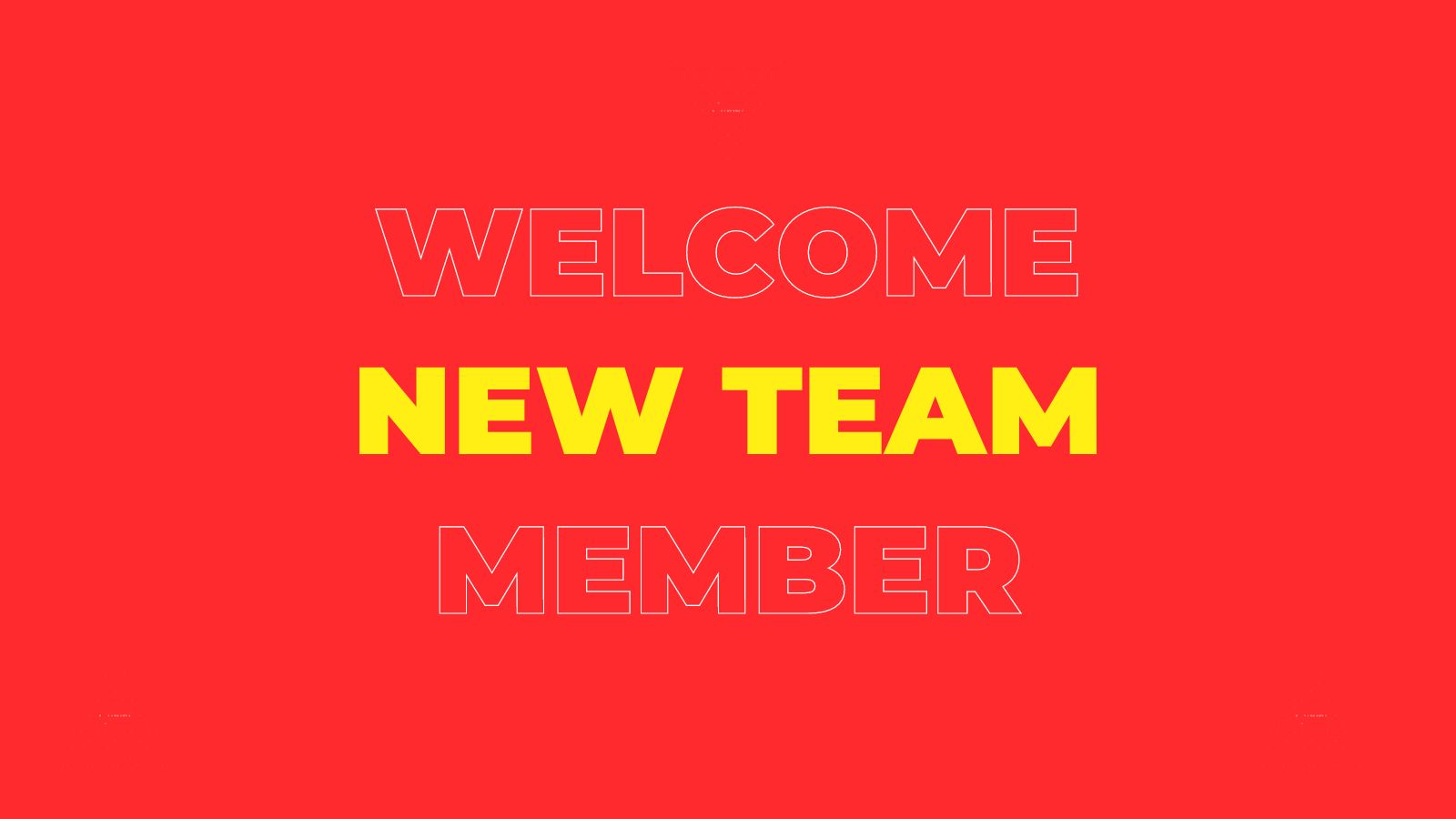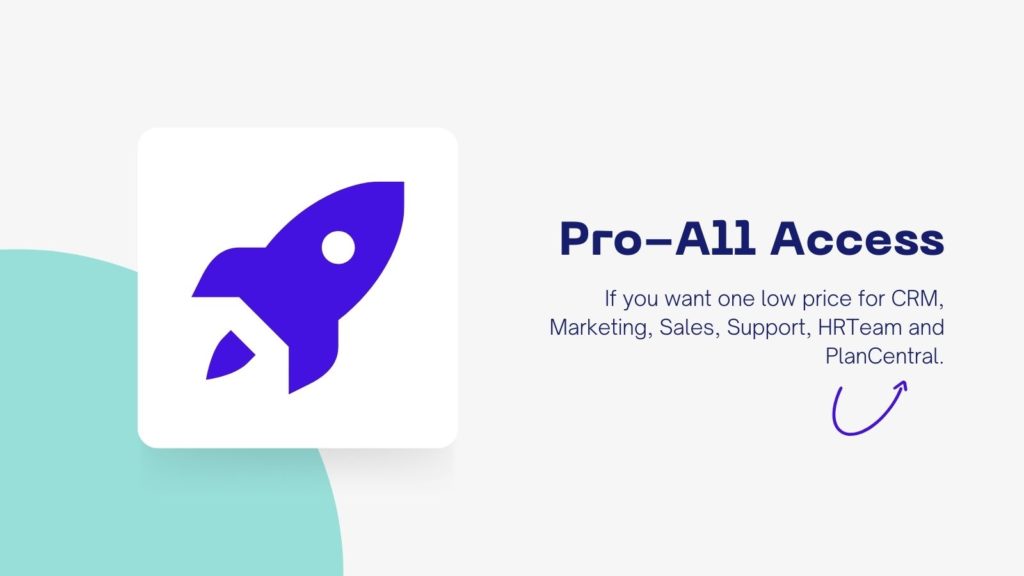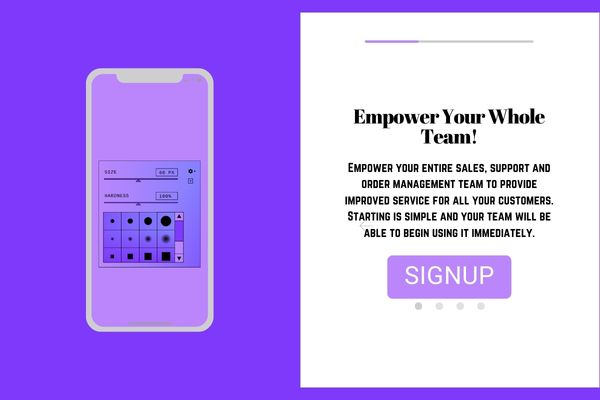Welcoming a new team member is always a moment brimming with potential and excitement—not just for the newcomer but for the entire company. As we open our doors to embrace new energy, ideas, and experiences, it’s crucial to ensure our latest member feels right at home from the get-go. Today, we’re thrilled to introduce a pivotal addition to our dynamic team!
This blog post is dedicated to not just announcing their arrival but also to providing insights into the powerful impact of a warm welcome. With enthusiasm bubbling within the team and the anticipation of the unique contributions our new colleague will bring, let’s delve into the art of creating an inclusive atmosphere that fosters growth and collaboration from day one.
The right welcome messages and what they say
Welcome to our new team member! We are thrilled to have you join us and become part of our team. Our mission is to achieve our goals and provide value to our customers. Your role on the team will be an important one, and we are confident that you will be able to make a valuable contribution.
At our team, we pride ourselves on fostering an open and collaborative culture. We strive to foster an environment where everyone feels respected and valued. We are committed to helping each other reach our goals, and we are excited to have you join us in that effort.
As a new team member, you can expect to be welcomed and supported as you transition into your role. In your first days and weeks, you will be introduced to the team and learn the ropes of what we do. You will also receive the necessary training and resources you need to be successful.
We are looking forward to having you on the team and we are confident that you will be a great addition. Welcome aboard!
Inspire them to be a change-maker
As a team leader, it’s essential to welcome new team members with open arms. It’s important to take the time to invest in each new team member and help them understand the role they play in the team. Encourage them to take ownership of their role, challenge them to think outside the box, and support them in developing their leadership skills. Remind them that even the smallest contribution can make a big impact and show them how their work contributes to the bigger picture.
Also Read: The Power of CRM Integration for Small Businesses
Help them understand the importance of having a growth mindset and never settling for the status quo. Lastly, inspire them to be change-maker and to take risks to create meaningful and lasting change. When a team member feels supported and appreciated, they will be more likely to reach their full potential and contribute to the team in a meaningful way.
Empower them to experiment
Welcome to the team! We’re thrilled to have you on board and are excited to see what you bring to the team. We want to ensure that you feel comfortable and supported in your new role so we’ve put together a few steps to help you get settled in.

We’ll start by introducing you to your team and giving you a rundown of your role and responsibilities. This way, you’ll have a better understanding of what’s expected of you and how you can contribute to the team. We also encourage you to ask questions and share your ideas and opinions freely.
Once you’ve got the basics of your job down, we want to give you some time to get to know the team and your tasks. This way, you’ll be able to better understand the team dynamics and how you can work together to achieve success. Additionally, we’d like to provide you with opportunities to experiment and innovate. This will allow you to grow and develop in your new role.
To help you succeed, we’ve also developed a mentorship program for you. This will provide you with the guidance and support you need to excel in your new role. Lastly, we want to foster an open and collaborative environment where you can feel comfortable asking questions and sharing your ideas.
We’re so excited to have you join the team and look forward to seeing you reach your full potential. Welcome aboard and let’s get started!
Demonstrate your growth mindset
We are thrilled to welcome our newest team member to the team! Our new team member brings a wealth of skills and talents that will be instrumental in our future success. We offer a warm welcome and words of encouragement to support our new team member as they begin their new role.
At our organization, we believe that a growth mindset is the key to success. In order to foster creativity, innovation, and progress, we welcome the new team member’s ideas and encourage them to share their experience and knowledge with the rest of the team. We invite the team to learn from the new member, as we all have something to learn from each other.
Also Read: A Blueprint for onboarding a new employee
As we work together, it is important to celebrate successes as a team. Each team member’s effort should be appreciated and encouraged. We must focus on progress, not perfection, and be open to constructive feedback. Failure should be seen as a learning opportunity, and as a team, we should embrace it.
As we welcome our newest team member, let us foster collaboration, cooperation, and appreciation. With our team’s collective skills and talents, we can achieve amazing things!
Welcome new team member email
Bringing a new team member onboard is an exciting opportunity to grow and strengthen your team. To ensure a successful onboarding process, there are several steps you can take to welcome the new team member and make them feel welcome.
First, introduce the new team member to everyone in the team. Explain the team’s mission, values, and culture. Make sure to explain the team’s expectations and how the new team member’s role fits into the bigger picture. Provide resources for the new team member to help them familiarize themselves with their new role and team. Outline the onboarding process and provide a timeline for the new team member to follow.

Second, let the team know when the new team member is starting and how they can contact them. Invite the new team member to join any team activities, meetings, or events. Set up a meeting with the new team member to discuss any questions or concerns. Show appreciation for the new team member joining the team and express excitement about having them onboard.
By following these steps, you can ensure that the new team member feels welcome and comfortable in their new role. Having a seamless onboarding process will help the new team member become productive and successful in their role quickly, so that the team can reach their goals.
What to say to welcome a new employee?
Welcome to the team! We are thrilled to have you join us and are confident your skills and experience will add tremendous value to our team. We look forward to getting to know you better and learning from your unique perspective.
We want to ensure that you have the resources necessary to make a successful transition to our team. We hope you take advantage of all that we have to offer and find this to be a rewarding and positive experience. If there is anything we can do to make your transition smoother, please do not hesitate to reach out. Our team is always available to answer any questions you may have. We are excited to have you on board and can’t wait to see what great things we can accomplish together. Welcome to the team!
How can you make a new employee feel welcome?
Welcoming a new team member is an exciting but daunting process. It’s important to make sure they feel welcome and are given the tools and resources necessary to do their job well. Here are some tips for making sure your new employee has a great start with your organization.
First, make sure they have all the right tools and materials they need to do their job. Introduce them to the team and make sure they can put faces to names. Show them around the office and point out any important resources, such as the lunchroom, bathrooms, and other facilities.
Take them out for lunch or coffee and get to know them better. Give them a tour of the company or discuss its history and mission. Explain the company’s processes and procedures and answer any questions the new employee might have. Make sure they understand the team structure and their role in the organization.
Encourage them to ask questions and offer advice and feedback. Offer to be a mentor or point them to other mentors in the organization. Having a welcome kit ready for them with all the necessary information they need is also a great way to make sure they feel welcome and prepared.
With these tips, you can ensure that your new team member feels welcomed and ready to start their journey with your organization. Welcoming a new team member is an important step in creating a successful team, and these tips will help make sure the process is successful.
Make your schedule work for new team member

Welcome to the team! As you join us, it is important to make sure that everyone is on the same page and working together to ensure the success of our projects. To ensure that, we have some tips to help you get started with the team and make sure that everyone is productive and engaged.
First, introduce yourself and your team to the new member. This is important for creating a strong team dynamic and making sure everyone is aware of each other’s roles and responsibilities.
Next, create a realistic but flexible schedule that allows for uninterrupted working time. Utilize the calendar function in your team’s project management tool to block off time for specific tasks. Make sure to schedule regular breaks throughout the day for yourself and the team. This will help to ensure that everyone is refreshed and energized throughout the day.
It is also important to ensure there is enough time allocated for meetings and brainstorming sessions. This is not only important for collaboration, but also for bouncing ideas off of each other and getting feedback from the new team member. Additionally, have a plan for when deadlines are not met and be sure to communicate with the team.
Finally, utilize tools like time tracking software and project management software to stay on top of tasks. This will help ensure that everyone is aware of their individual tasks and timelines. Additionally, make sure everyone has access to the same resources and information to ensure everyone is on the same page.
By following these simple tips, you can ensure that your team is productive and cohesive. Welcome to the team!
Use RisePath project management tool for more focus
Welcome aboard! To ensure you’re integrated with our team’s workflow seamlessly, it’s vital to get acquainted with our RisePath project management tool. This intuitive platform is the cornerstone of our project planning, execution, and communication. Learning how to sync RisePath will not only amplify your focus but will also align your contributions with the team’s objectives. Proper synchronization means you’ll have real-time updates on project timelines, milestones, and task assignments.
By staying in the loop, you’ll minimize the chances of overlapping work and maximize efficiency. So dive into our quick guide below to connect with RisePath and start your journey of delivering impactful work with crystal clear direction. Remember, in a well-synchronized environment, every new team member becomes a driving force towards collective success.
This integration allows team members to quickly sync events, tasks, and other important events to their Google Calendar in a few easy steps. Once synchronized, team members can view in real-time when others are available or off-duty, and plan their workload accordingly. They can also receive reminders about upcoming tasks and events directly in their Slack channel. This integration also allows team members to quickly add events to their Tasks from within RisePath.
By setting up RisePath project management tool, team members can stay up to date on meetings, tasks, and other important events. It helps to keep everyone focused on their priorities and ensure that all team members are on the same page. Welcome your new team member and take advantage of this helpful integration today.
Incorporating RisePath into your onboarding process not only streamlines task assignments and deadlines for new team members, but it also fosters a culture of transparency and collaboration from the get-go. By leveraging this powerful project management software, your newest recruit will feel immediately connected to their core responsibilities and team objectives. This connection is critical for maintaining focus and achieving optimal performance
Conclusion
Welcoming new team members is a multifaceted process that requires careful planning, thoughtful execution, and continuous support. By preparing their workspace, notifying the team, and providing an orientation packet, you lay the groundwork for a smooth onboarding process. The first day and week are crucial for creating a welcoming atmosphere, setting expectations, and fostering connections. Sustaining ongoing support through mentorship, check-ins, and training opportunities ensures their continued growth and engagement within the team.
Remember, the way you welcome new team members not only impacts their individual experience but also contributes to the overall cohesion, productivity, and success of your team as a whole. By investing time and effort into the onboarding process, you’re investing in the foundation of a strong and thriving team dynamic.
Emphasizing the integration of RisePath within your team’s framework not only makes the transition smoother for new employees but also underscores your commitment to efficiency and organizational excellence. As you round off this blog post, remind your readers that choosing the right tools is pivotal to empowering their teams and setting new hires up for success.
In conclusion, welcoming a new team member is an opportunity to reinforce best practices and establish strong operational foundations. RisePath’s project management functionalities are instrumental in this process—helping new members get up to speed quickly, stay focused on key tasks, and contribute to shared goals confidently and effectively. Enlist RisePath as part of your team’s welcoming strategy and watch as it transforms the efficiency and focus of not just your latest addition, but your entire workforce.



Comments are closed, but trackbacks and pingbacks are open.